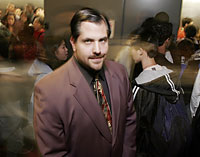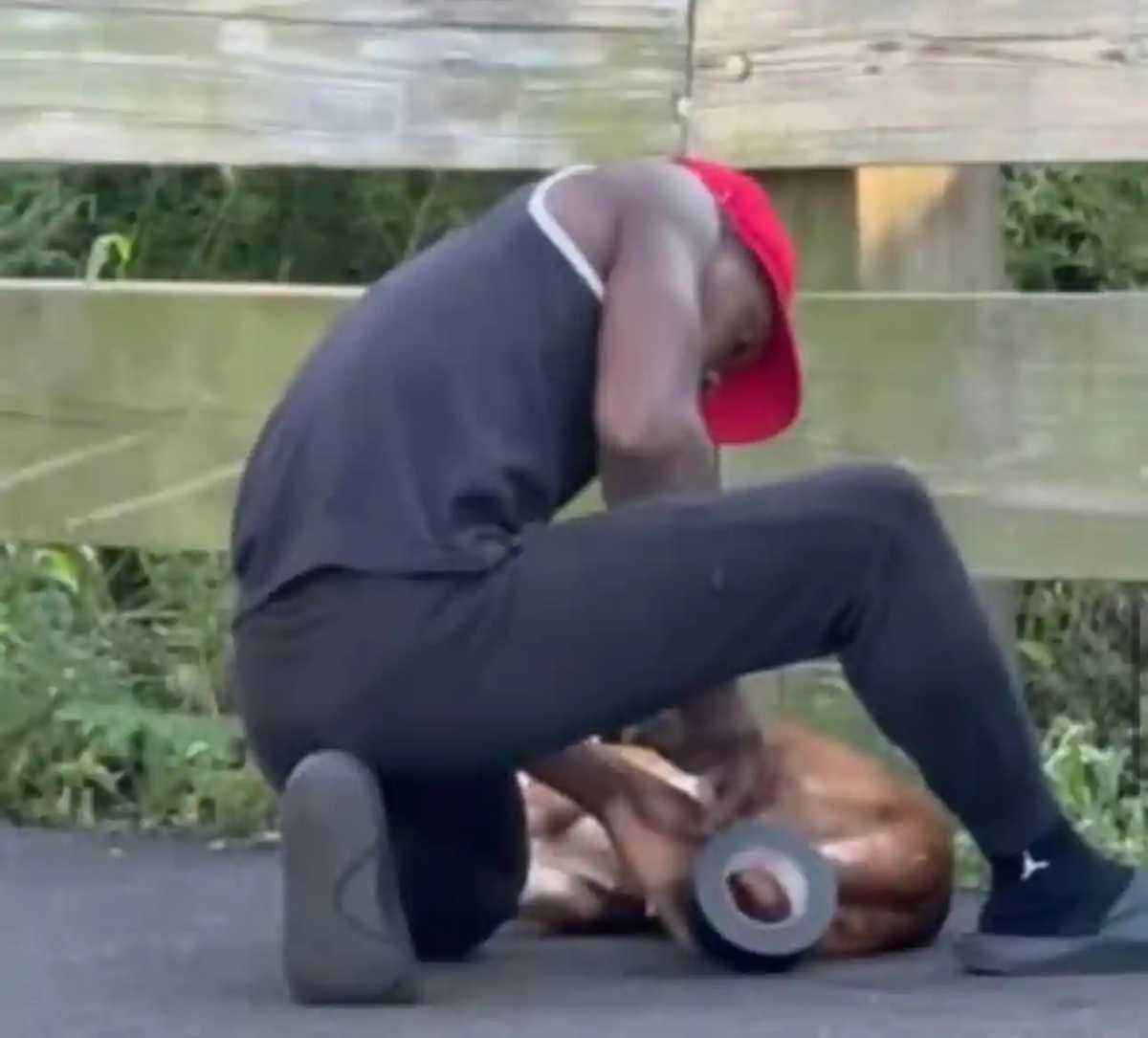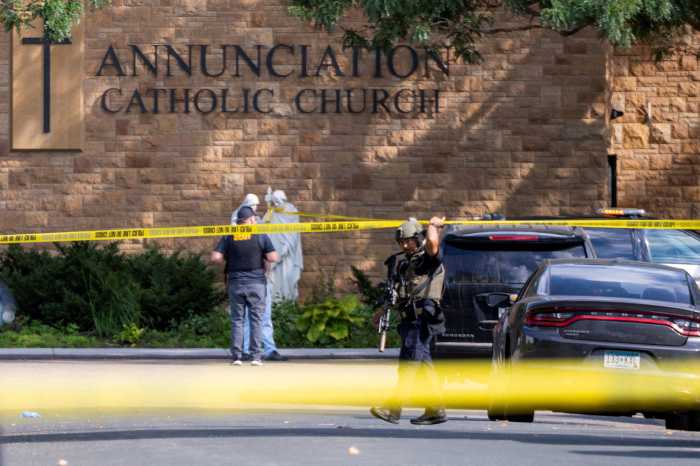Randy Asher is young, cocky, and brash — and he wants your kids back.
Months after longtime Brooklyn Technical High School principal Lee McCaskill resigned in scandal, the new boss is trying to regain the confidence of Brownstone Brooklyn and convince parents that they don’t need to send their kids to Stuyvesant or Bronx Science to get a top-tier education.
Asher was officially installed last week. Schools Chancellor Joel Klein hailed him as a “visionary,” and Borough President Markowitz declared it “Randy Asher Appreciation Day” in Brooklyn.
But the hard work is just beginning. Asher’s Job 1 is recharging a faculty worn down by the heavy-handed McCaskill, who quit in February after he was caught illegally enrolling his daughter in a Brooklyn public school even though he lives in New Jersey.
Asher, at least, knows the territory. Four years ago, he left his post as a Brooklyn Tech assistant principal to found Manhattan’s High School for Math, Science and Engineering.
But returning to Brooklyn Tech’s big chair presents a huge challenge: for one thing, the school is 10 times bigger, with 4,300 students to HSMSE’s 400.
But advocates say Asher’s experience at the smaller school could actually play in his favor.
“He has the experience to break down some of the school’s anonymity and make it a cozier and warmer place,” said Clara Hemphill, the director of insideschools.org, a public school advocacy group.
Built like a human bulldozer with bright eyes and a booming voice, Asher looks like he could break down just about anything. A mere 33, the Carroll Gardens native has raced through the ranks to take the reins of the elite school he spurned as a student, choosing Midwood High instead.
He was Brooklyn Tech’s assistant principal for math from 2000 to 2002.
“It’s great to have him back,” said Michael Weiss, chairman of the school’s Alumni Foundation and a business big wig in Downtown Brooklyn.
“He wants to make Brooklyn Tech the premier high school of engineering and technology in the country,” said Weiss. “He has lofty goals, and that’s a wonderful thing.”
Asher himself was far from reticent, saying that at HSMSE, he created the “best instructional paradigm I’ve ever seen,” with long periods and small class sizes that fostered a personal connection between teachers and students.
Now, Asher is trying to bring that small-school feeling to the long, echo-y halls of Brooklyn Tech’s imposing brick building that covers a whole Fort Greene block.
“He knows the benefits of a school where teachers and students get to know each other very well,” said Hemphill.
And he wants to bring brownstone parents back to the fold. To do so, he vowed to move past the turmoil of the McCaskill years and focus on student achievements at a school that has produced both astronauts and pro basketball players.
“The school’s reputation will speak for itself,” said Asher. “The kids are extraordinarily talented, but that message was never spoken.”
Parents felt excluded, but so did students, said Abdullah Pollard, co-president of the school’s parents association.
“The staff problems were affecting the kids,” Pollard said, adding that the school actually exascerbated the generation gap.
“Parents and kids were totally out of sync,” he said. “The parents were really proud of the kids for getting in, while the kids ended up disappointed in the school because of the lack of extracurricular activities and camaraderie.”
Pollard knew parents who sent their kids to Bronx Science — a two-hour commute — because “they saw it as a better choice.”
Brooklyn Tech is unique among New York’s elite high schools for its focus on applied knowledge and its requirement that students choose a major in their junior year.
But despite the school’s technological bent, Asher insisted that “humanities instruction is paramount.”
“English is the most essential subject we teach,” he said, noting that developing language skills is important to the students of first- or second-generation immigrant backgrounds who make up a large part of Brooklyn Tech’s enrollment.
Asher’s ambition is to move the school into the top level of the nation’s elite — and then, like ambitious educators everywhere, move on.
“If I can [achieve it], it might be time for a new challenge,” he said.
























